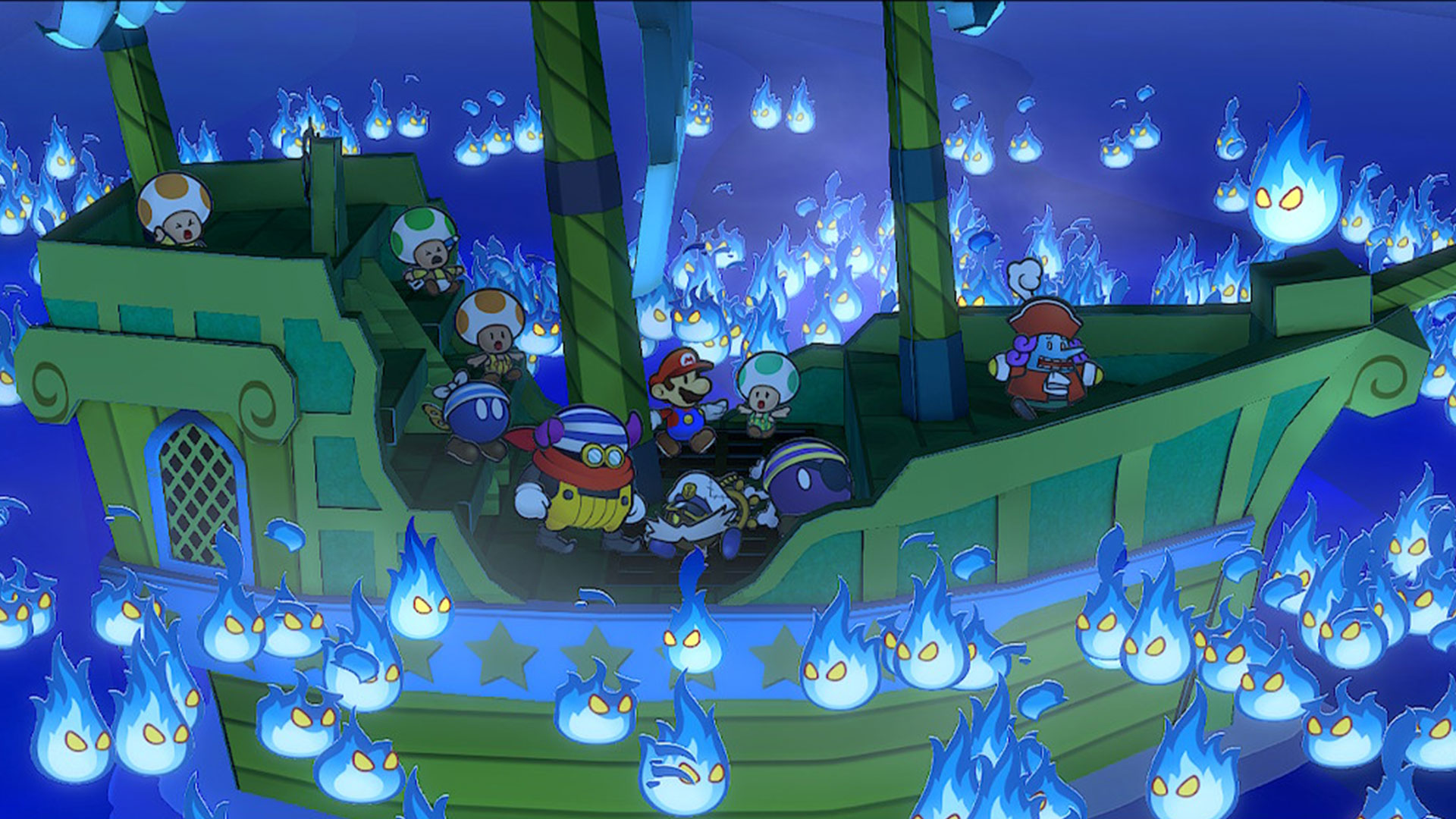
Mario is a sex object in Paper Mario: The Thousand-Year Door. A verified ladies' magnet walking around getting kissed by busty ghosts, thief rats, and other funny little creatures that make up the wonderfully bizarre roster that you'll meet in this game. And that's before we've even gotten to Princess Peach… That should immediately give you a taste of what kind of storytelling you should expect in this Switch remake of the 2004 GameCube classic, and it's made me lament how family-friendly Nintendo's narratives have gotten of late.
Aside from the Paper Mario series itself, I struggle to recall the overall beats of the Mario series' stories. Super Mario Odyssey boils down to a magic hat and a quest to, once again, save the princess and stop Bowser. Super Mario Wonder is again a tale of putting a stop to Bowser's antics. It's really only the remake of Super Mario RPG and the most recent Paper Mario: The Origami King that have injected some spice into Mario's otherwise pretty standard tales. To be fair, the same can be said for modern Zelda games too. Although there is a compelling narrative in games like Legend of Zelda: Tears of the Kingdom, it takes a backseat to the exploration and experimentation that forms the core gameplay experience.
Laughter unfolds
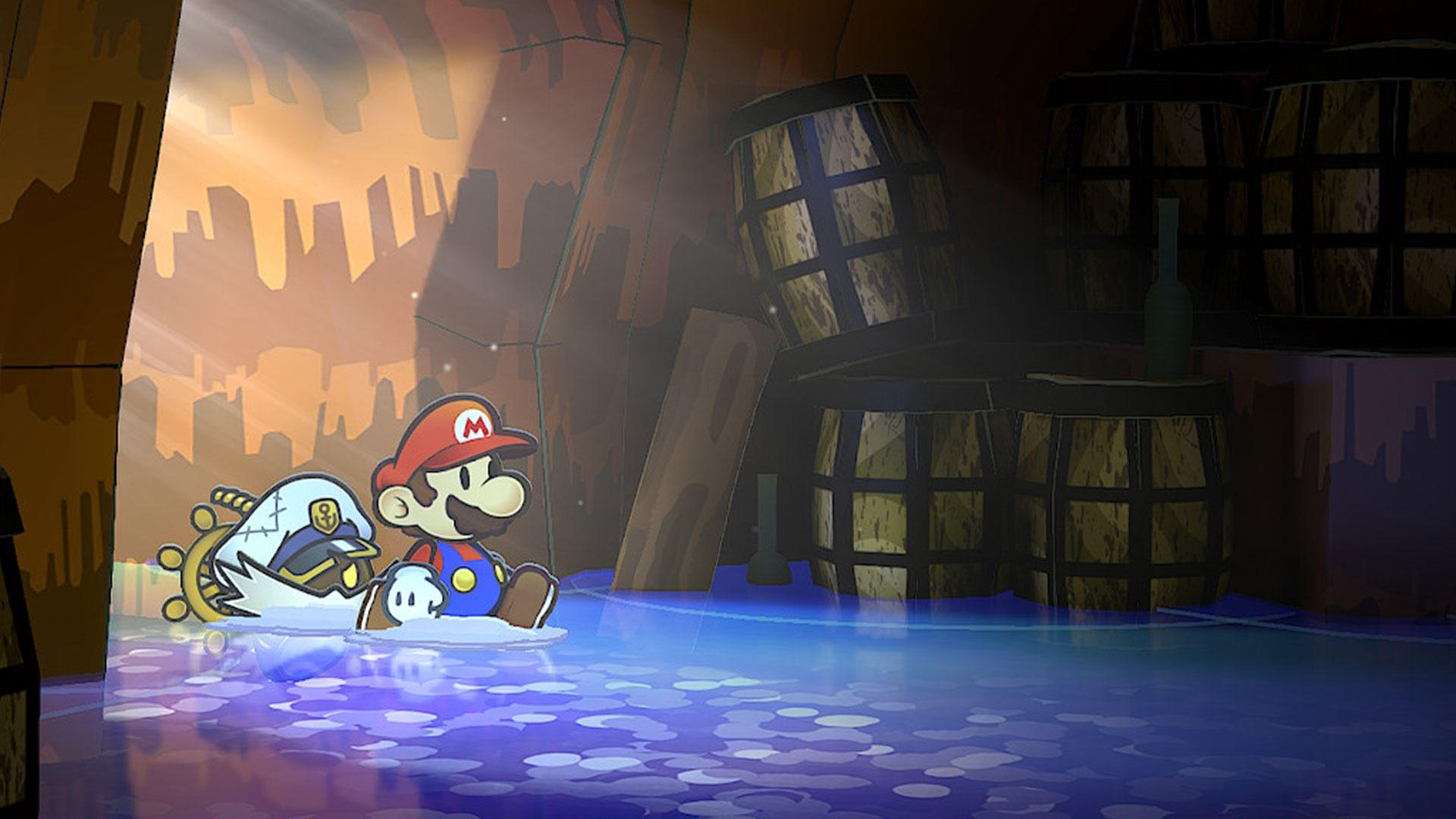
However, that's not true of Paper Mario: The Thousand-Year Door. I'll admit, I've been envious of those who got to play the GameCube original for decades, having read so much about its bizarre, witty script and events in the years since. Thankfully though, it's been worth the wait. The Switch remake is gorgeous, with so much attention given to the remastered character models and environments, not to mention the audio and soundtrack. I love that you can switch back and forth between the original GameCube music, but there's no denying this is the 2024 visual treatment.
But as much as the game has been a visual treat, it's the story and its characters that will stay with me for some time. Paper Mario: The Thousand-Year Door is a game for adults as well as kids, with the narrative starting in the run-down town of Rogueport where there's literally a hangman's noose set up in the center of the main square. There are more hooligans and violence in the opening minutes than I think I've ever seen in a Mario game. It really doesn't mess about. Later on, there are other darker moments too, like the town where a curse is turning people into pigs, Spirited Away-style, which makes the overall tone of the game much more appealing to Nintendo's range of audience ages.
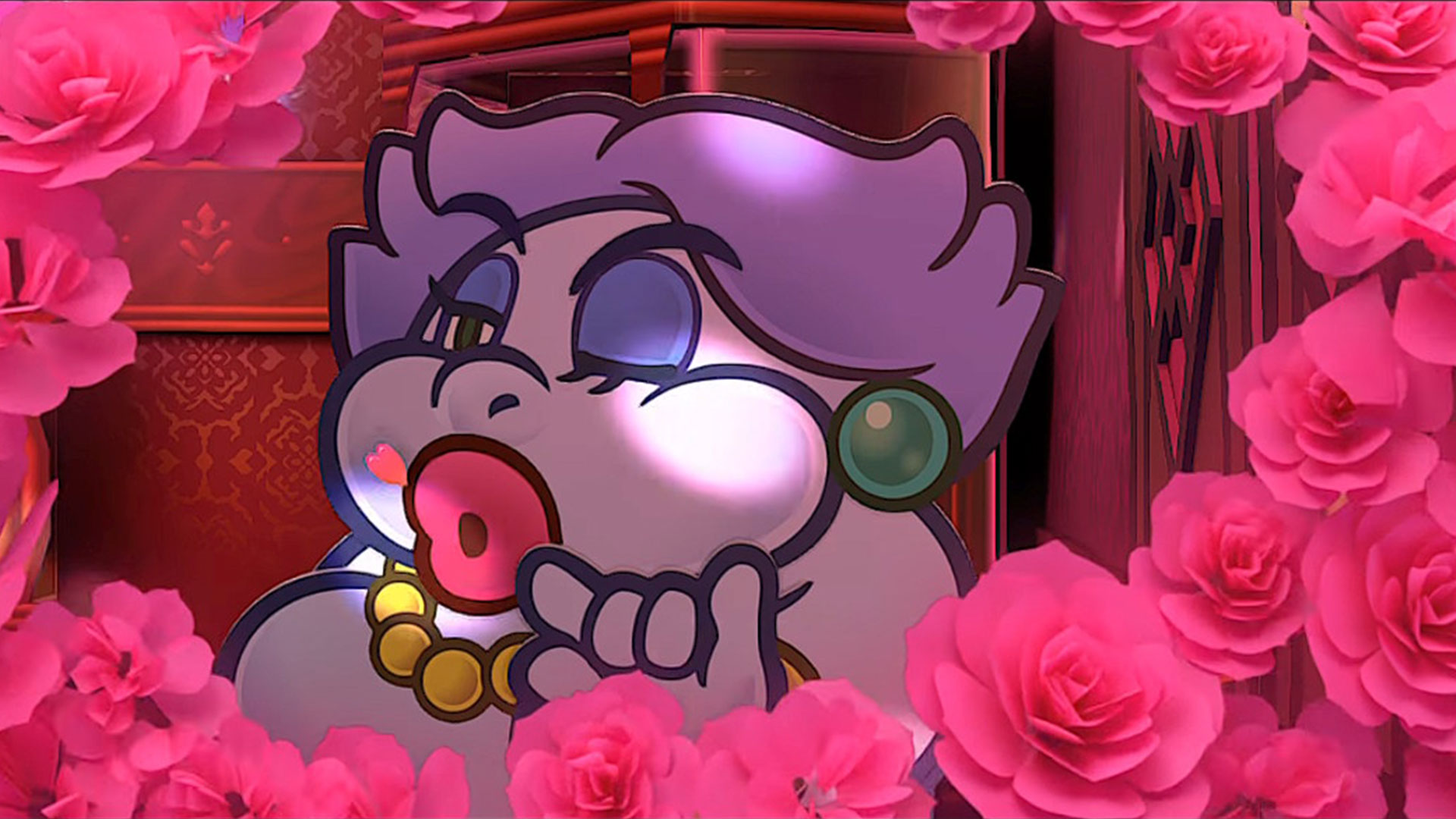
But against the grittier elements is a script that's brilliantly witty, regularly laugh-out-loud funny, and not afraid to break the fourth wall to bring you as a player into the story. It's regularly pretty surprising too, with the occasional sexually-charged joke creeping in between the tomfoolery.
The companions that join Mario on his journey are excellently rounded and do well to add even more personality to the story. There are seven in total - one for each chapter of this unexpectedly lengthy adventure - and each are given unique abilities and thoughtful backstories. Possibly the most memorable is Madame Flurrie, a voluptuous cloud spirit actress with oversized lips and ample bosom. Not a character design you'd expect from a Mario game, especially not when combined with attacks with names like Lip Lock, Body Slam and… Dodgy Fog. But they're all brilliant in their own way, whether that's an elderly sailor Bomb-omb or the sweet, nervous Koopa who continually gets roasted by his girlfriend until Mario swoops into his rescue.
Origami queen
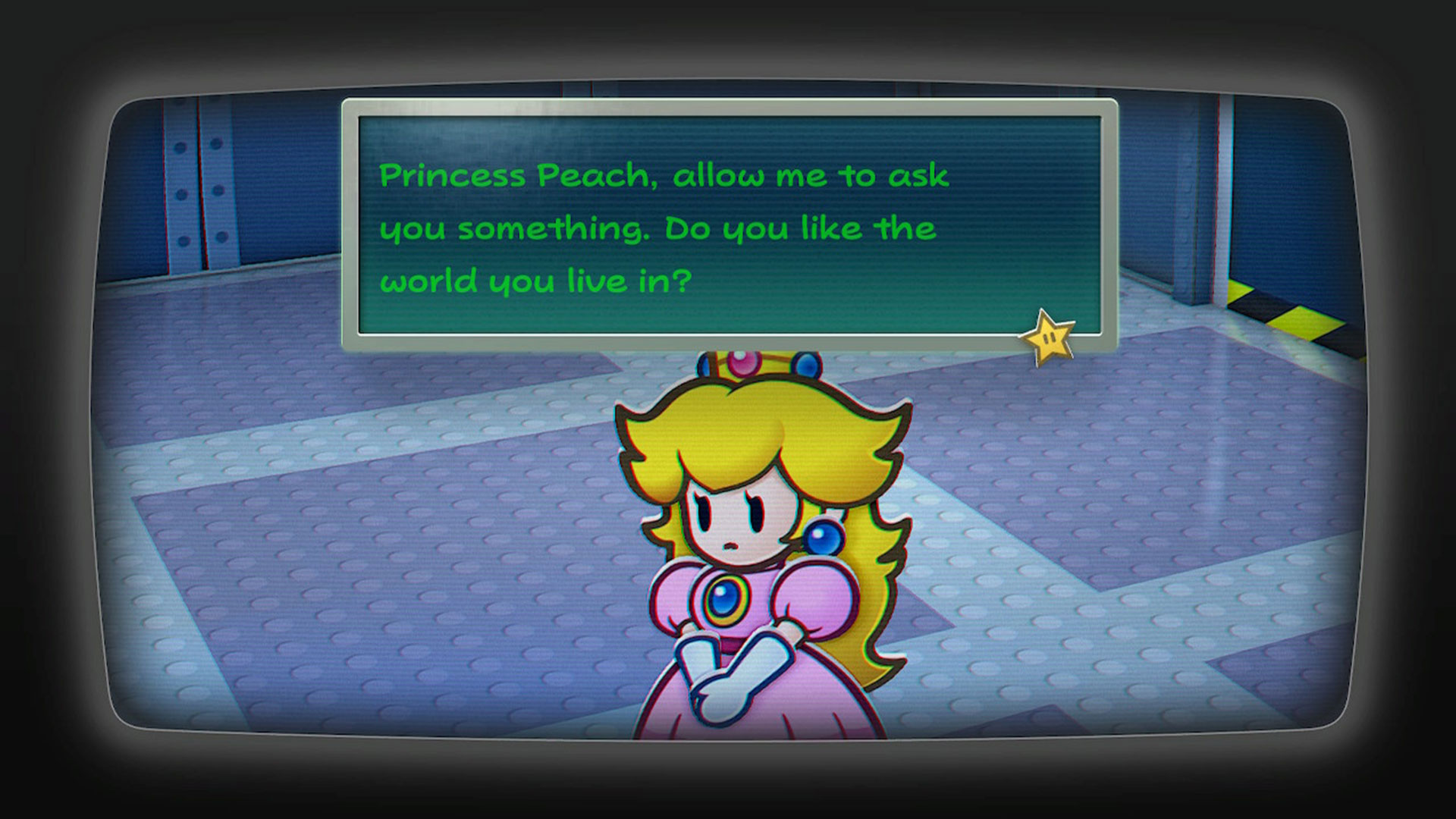
What I also love about Paper Mario: The Thousand-Year Door is that, although Princess Peach technically needs saving, she's given her own autonomy and drive to free herself from her captors. At the end of each chapter you're put in control of first Peach, and then Bowser to see what they've been up to. With Peach dealing with a super-powerful computer wanting to learn how to love, you maybe won't be surprised to hear that she ends up naked multiple times as part of the story. Some of these moments haven't aged quite as well, but Peach's determination and moments in the spotlight help balance out some of the creepy cringe. It's a pleasant change to see her trying to change her own circumstances rather than the only vision of her we get being through Mario's perspective. Of course, Princess Peach Showtime has tried to give her time in the spotlight of late, but I'm not sure it's the feminist narrative our long-suffering princess deserves.
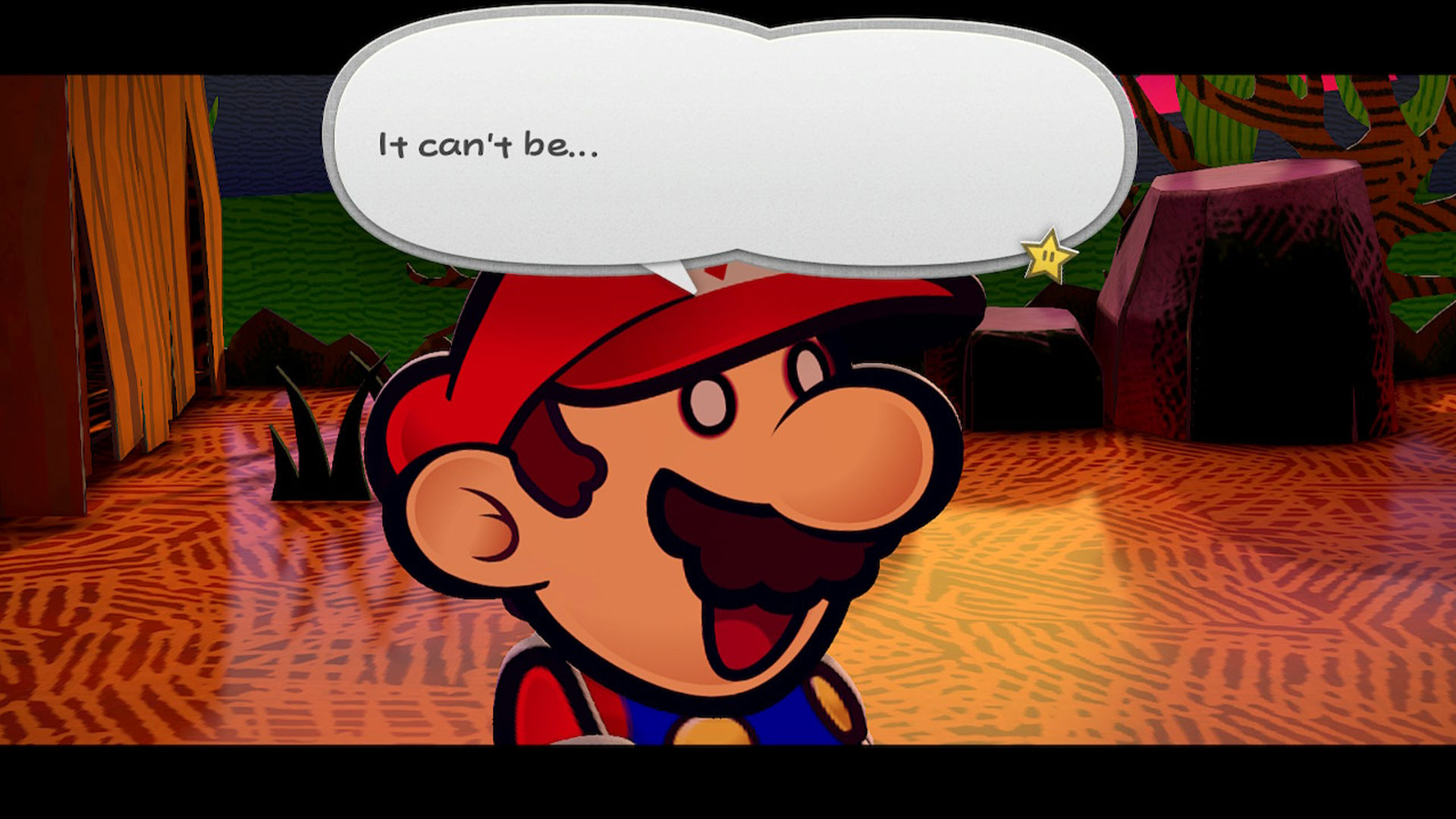
Of course, that's not even really touching on the actual gameplay either. Each chapter is a completely different theme and challenge, even if the actual goal is the same - finding one of seven Crystal Stars in order to unlock a door that's been locked for a thousand years. Whether it's a series of mad wrestling-inspired matches where Mario becomes 'The Great Gonzales' or figuring out what's turning all the aforementioned villagers into pigs in a Rumplestiltskin-esque tale, every chapter is a surprise.
There's a reason why the 2004 original is considered one of the greatest Nintendo games of all time, and playing it fresh in 2024 only highlights that. The storytelling here is creative, refreshing, and more importantly (mostly) timeless. The new lick of paint and modernization only serve to highlight just how brilliant Paper Mario: The Thousand-Year Door truly is.







